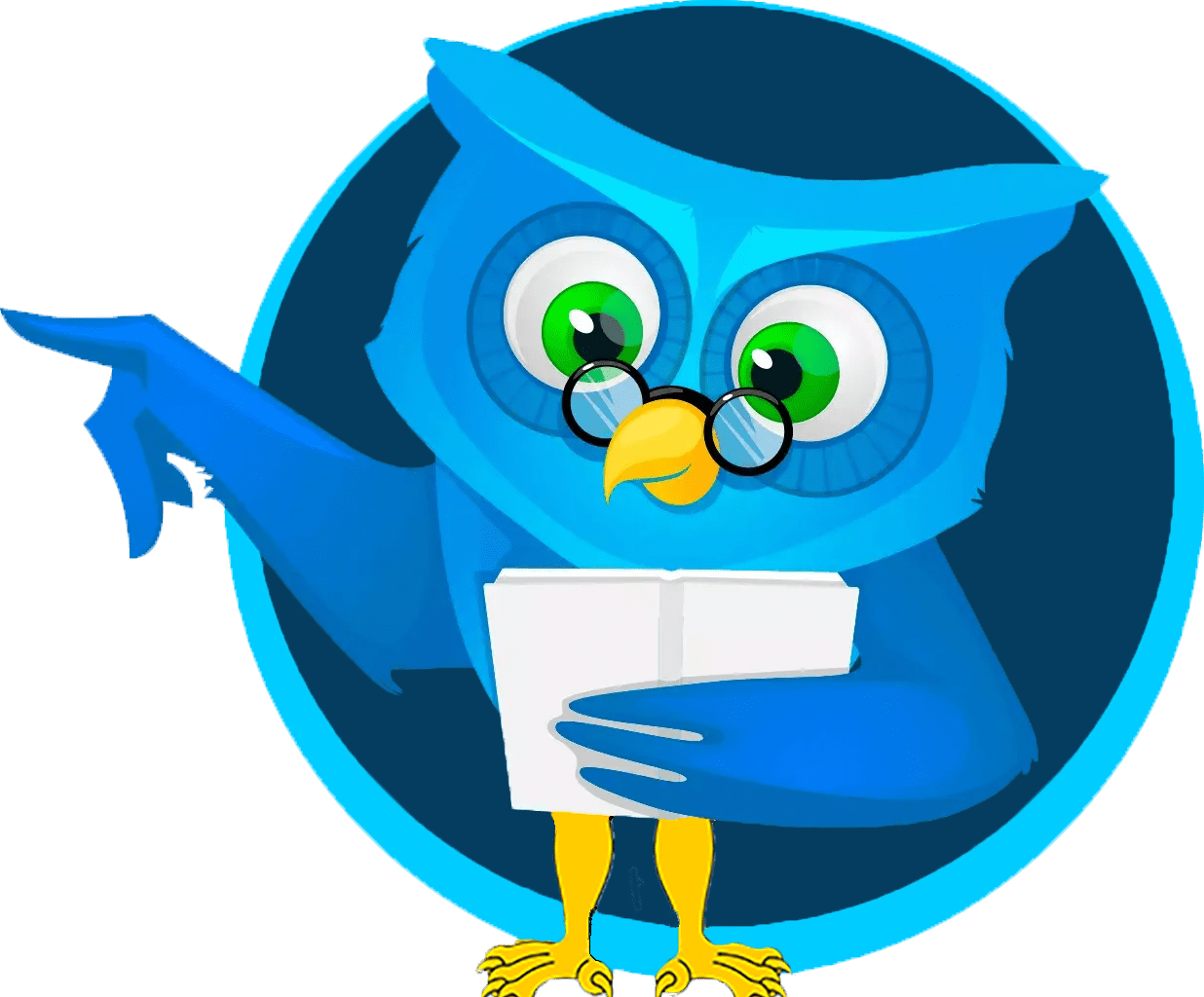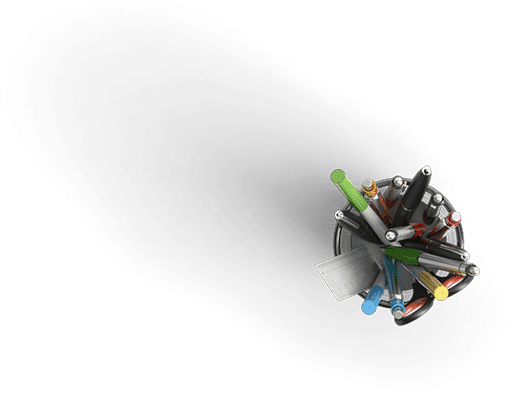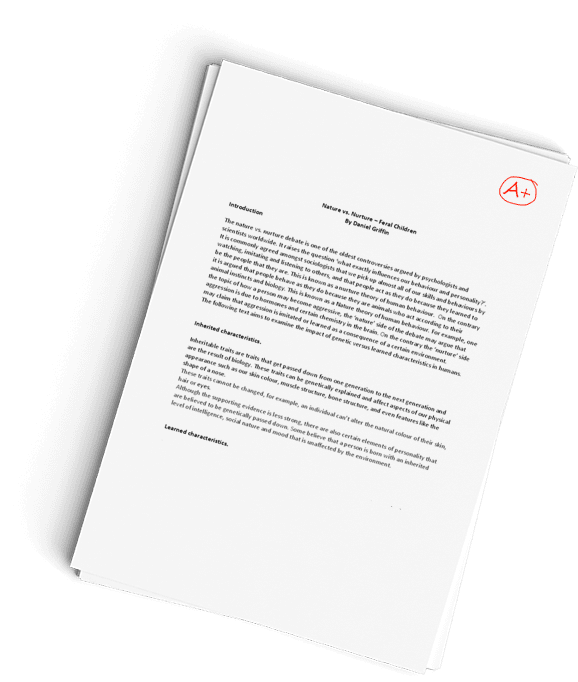San José State University Environmental Science News Story
Description
PURPOSE OF ASSIGNMENT:
See what media frame, message, focus on and leave out when reporting news.
FORMAT:
In one page maximum, 1.5 spaced of 11pt font:
– Choose a key news topic from this semester (August to present)
– Provide a link to the news story
– Discuss how neutral and comprehensive the story is or isn’t
– What questions do you have from the story that are left unanswered (name up to 5)
– Sum up what you’ve learned from the semester in how you are more literate about media and representation and use at least one example from the news story as a proof point
G.E. LO#1describe how identities (i.e. religious, gender, ethnic, racial, class, sexual orientation, disability, and/or age) are shaped by cultural and societal influences within contexts of equality and inequality.COURSE LO#1 Become familiar with some of the approaches used to study media, gender, race and class. Become more culturally literate. Possess a greater understanding of our culture through examination of various production, construction and meaning-making processes (media being one of those meaning-making processes). Become more thoughtful and reflective consumers/producers of media by understanding the ongoing negotiation, interaction, and evolving relationships found in culture and how media influence those relationships. Describe how cultural groups (religious, gender, ethnic, racial, class, sexual orientation, disability, age, etc.) are defined, shaped/influenced, maintained, and proliferated by electronic mass media.G.E. LO#2describe historical, social, political, and economic processes producing diversity, equality, and structured inequalities in the U.S.COURSE LO#2Become familiar with cultural milestones in history and how/why our media functioned during those milestones. Critically survey the role played by the electronic media throughout history in shaping perceptions of self and society. Identify the role and effect media have had on diversity (race, gender, and class). Examine cultural groups (government, family, church, gender, media), the information they distribute, the entertainment they may provide, and/or the influence they bring from a number of perspectives including historical, economic, structural, and pluralistic (religion, gender, ethnicity). Understand the role of the audience in these processes. Identify how these structures advantage and disadvantage various cultural groups.G.E. LO#3describe social actions which have led to greater equality and social justice in the U.S. (i.e. religious, gender, ethnic, racial, class, sexual orientation, disability, and/or age).;COURSE LO#3Acquire a fundamental knowledge of some of the ways to participate in various dialogues of race, gender and class, and how these dialogues are shaped by power in terms of structural political and economic inequities. Of course, students will address how media empower and dis-empower various cultural groups and causes. Describe how media areor can beused by cultural groups (religious, gender, ethnic, racial, class, sexual orientation, disability, age, etc.) to create greater equality and social justice in the U.S. Develop an awareness of, and sensitivity towards the various ways race, gender and class impact both media content and audience interpretations of media content.G.E. LO#4recognize and appreciate constructive interactions between people from different cultural, racial, and ethnic groups within the U.S.COURSE LO#4Recognize and appreciate constructive (prosocial) electronic media messages and content that promote understanding between people and groups from varying cultural, racial, and ethnic groups. Demonstrate improved media literacy skills in order to empower themselves to operate effectively and efficiently in their culture, allowing them to occupy more powerful positions in the creation and maintenance of the cultures definitions of them and their lives, leading to an amelioration of media- and technology-supported inequalities.Course Content Learning OutcomesUpon successful completion of this course, students will be able to:RTVF STUDENT LEARNING OBJECTIVES (SLOs)Performance Outcomes B.A. In Radio-Television-FilmUpon successful completion of this course, students will be able to achieve objectives 1, 2, 3 and 5:(PLO#1) Program Learning Outcome #1: Become media literate: Know the history, processes and current structure of the electronic media, its ethical parameters, and the social and political effects of electronic and mass communication (radio, television, film, new media) on an audience.(PLO#2) Program Learning Outcome #2: Tell meaningful stories through production of good narratives in radio, television, and film. Appreciate the art and aesthetics of media.(PLO#3) Program Learning Outcome #3: Communicate information and entertainment to diverse cultures using radio, television and film. Be sensitive to the ways and processes of, and the attitudes held by races, religions, political and social groups that are not their own.(PLO#4) Program Learning Outcome #4: Understand how to plan, produce, write and direct radio, television and film/cinema projects. Achieve professional-level skills of production. Select and operate video/television, film, and audio/radio technologies.(PLO#5) Program Learning Outcome #5: Determine what type of information is needed for a research question, problem, or issue, and be able to retrieve, evaluate and effectively use such information to produce scholarship and production in radio, television, film and new media.
Have a similar assignment? "Place an order for your assignment and have exceptional work written by our team of experts, guaranteeing you A results."








